This Day in Aviation History
November 23rd, 1942
First flight of the Vought V-173.
The Vought V-173 “Flying Pancake” designed by Charles H. Zimmerman was an American experimental test aircraft built as part of the Vought XF5U “Flying Flapjack” World War II United States Navy fighter aircraft program.
Both aircraft featured an unorthodox “all-wing” design consisting of a flat, somewhat disk-shaped body (hence its name) serving as the lifting surface. Two piston engines buried in the body drove propellers located on the leading edge at the wingtips.
In the 1930s, Charles Zimmerman was a noted aeronautical engineer who advocated the concept of “discoidal” aircraft, the so-called “Zimmer’s Skimmers” and worked on a variety of projects on his own and with the Vought company. After testing using scale models, including a remotely controlled, electrically powered large scale model, designated the Vought V-162, the US Navy approached Zimmerman and offered to fund further development. Data and concept documentation was given to the Navy in 1939, with wind tunnel tests on full scale models being completed in 1940-1941.
The original prototype, designated the V-173 (Flying Pancake), was built of wood and canvas and featured a conventional, fully symmetrical aerofoil section (NACA 0015). Designed as a “proof-of-concept” prototype, the initial configuration V-173 was built as a lightweight test model powered by two 80 hp (60 kW) Continental A-80 engines turning F4U Corsair propellers. These were replaced by a pair of specially modified 16 ft 6 in three-bladed units. A tall, fixed main undercarriage combined with a small tailwheel gave the aircraft a 22° “nose-high” angle….
Source:
Wikipedia, Vought V-173:
http://en.wikipedia.org/wiki/Vought_V-173
YouTube, Vought V-173 Flying Pancake:
Vought V-173 Flying Pancake
Don’t forget to +1, Comment and Share!
For more aviation content like this. Please follow me at Gazing Skyward TV
#avgeek #aviation #history
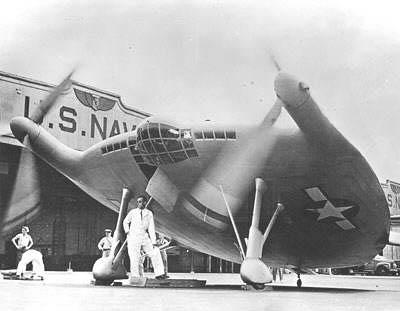
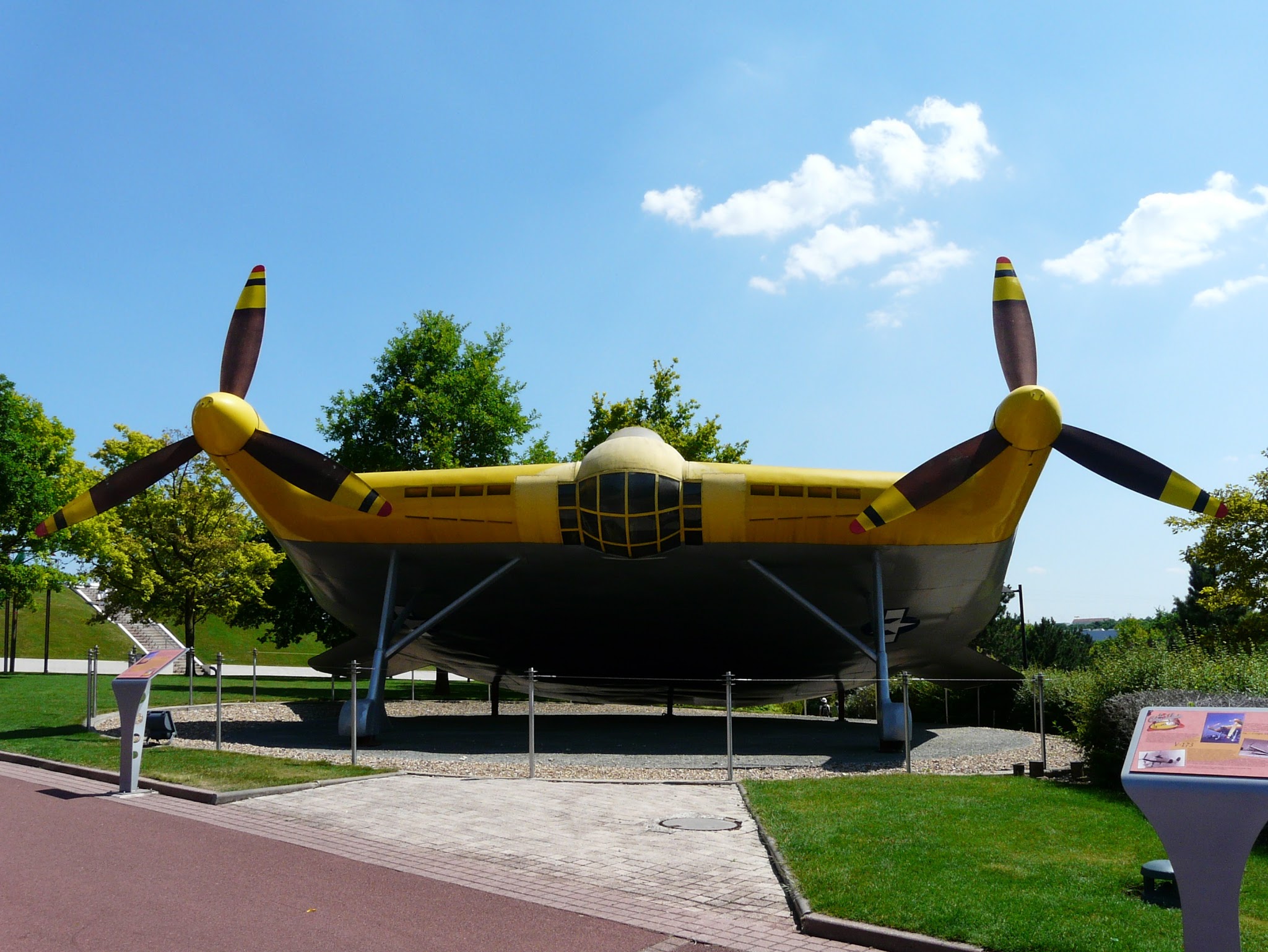
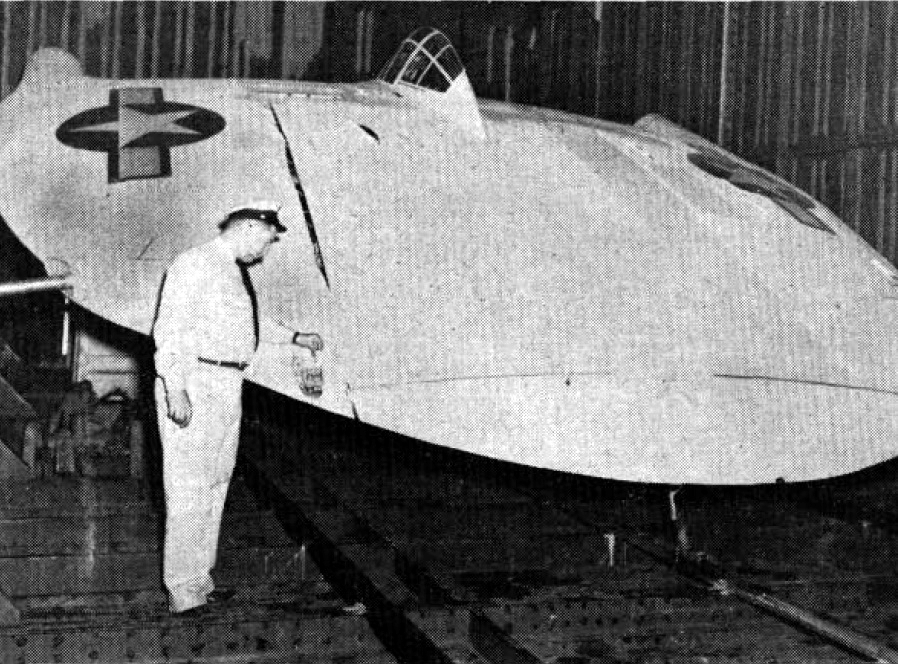
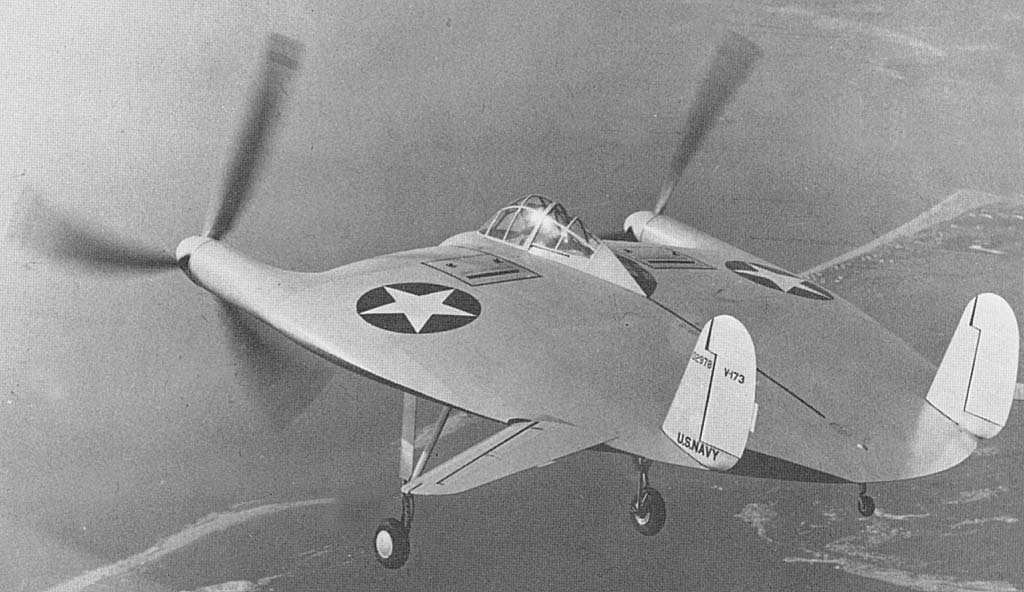
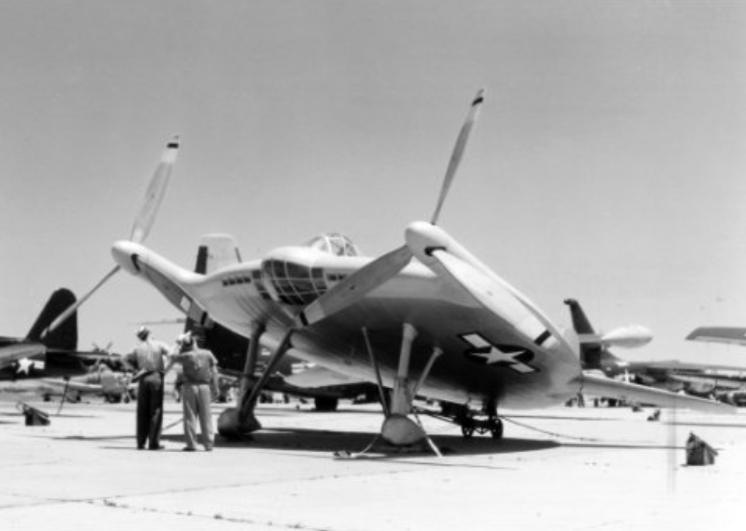
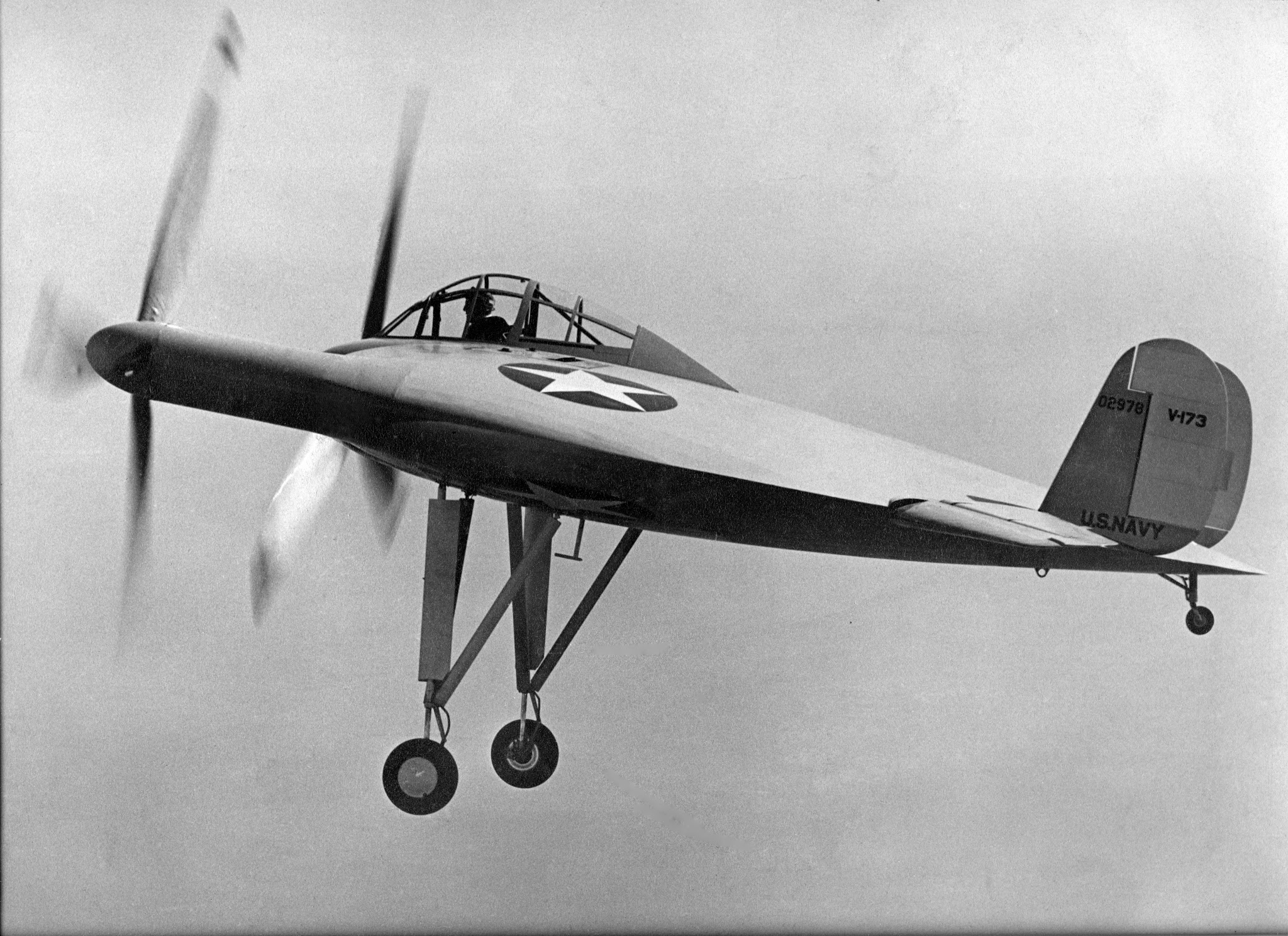



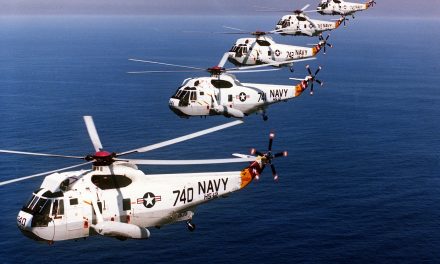
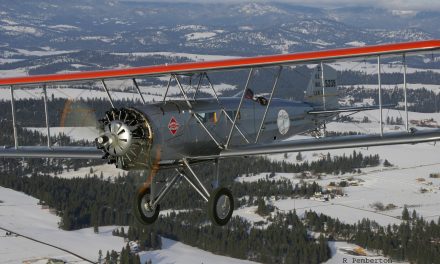
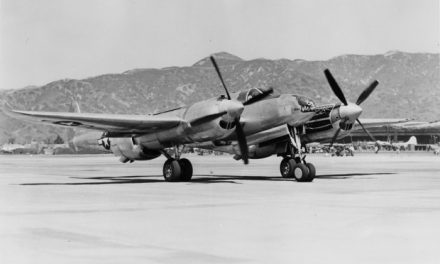
Recent Comments